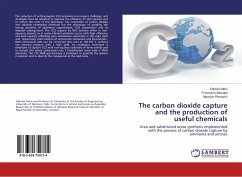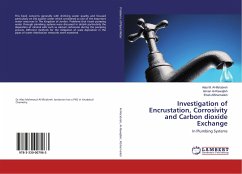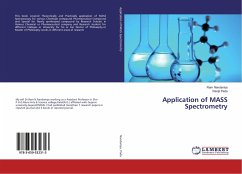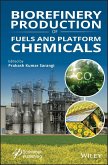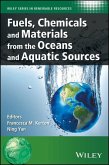The reduction of anthropogenic CO2 emissions is an urgent challenge, and strategies must be adopted to improve the efficiency of CO2 capture and to reduce the costs of this technique. The conversion of carbon dioxide into valuable commodity chemicals has the advantage of avoiding the energy penalties of absorbent regeneration, CO2 compression and its disposal underground. The CO2 capture by NH3 solution either in non-aqueous solvents or in water-ethanol solutions occurs with high efficiency and load capacity affording pure ammonium carbamate in the solid state and, respectively, solid mixtures of ammonium carbamate and bicarbonate. Both ammonium salts can be converted into urea at 120-165 °C without any external pressure with a high yield. An analogous technique is employed to capture CO2 with non-aqueous solutions of some amines and to convert the amine carbamates into 1,3-substituted ureas with a 100% selectivity. The 13C NMR spectroscopy is employed to quantify the species in solution and to identify the compounds in the solid state.

